When it comes to starting seeds, most of us have two options: starting seeds in trays or containers indoors, or sowing directly outdoors. In this article, we’ll explore the pros and cons of each method, as well as provide tips on how to successfully start seeds indoors vs outdoors.
Pros and Cons of Starting Seeds Indoors
Starting seeds indoors offers several advantages, especially in regions with shorter growing seasons or unpredictable weather patterns. By controlling the environment indoors, you can extend the growing season and give your plants a head start before transplanting them outside. This method involves sowing seeds in containers such as trays, pots, or peat pellets, and providing them with optimal conditions to germinate and grow.
Pros of Starting Seeds Indoors
- Greater control: Indoors, you have complete control over factors such as temperature, light, and humidity, ensuring optimal conditions for germination and growth.
- Earlier harvests: By starting seeds indoors, you can get a jumpstart on the growing season and enjoy earlier harvests of your favorite vegetables or herbs.
- Protection from pests and diseases: Indoor seed starting minimizes the risk of pest infestations and disease outbreaks that are common in outdoor environments.
- Better success rate: Starting seeds indoors gives you better control over the germination process, leading to higher success rates compared to direct sowing outdoors.
- More plants for the same amount of space: if you practice succession planting, you can start your seeds inside while other plants are still yielding produce outside. No need to cut down your plants prematurely just because you need the space for new seeds!
Cons of Starting Seeds Indoors
- Higher resource requirements: indoor seed starting requires additional resources like grow lights, heating mats, containers, and potting soil, which may add to the overall cost.
- Limited space: depending on the size of your indoor space, you may be limited in terms of the number of seeds you can start. Crowded seedlings can lead to poor airflow and increased risk of disease.
- Transplant shock: when you transplant seedlings to the outdoor garden, they may experience transplant shock due to sudden changes in temperature, light exposure, and moisture levels.
Tips for successfully Starting Seeds Indoors
Starting seeds indoors successfully requires careful attention to detail and providing optimal conditions for germination and growth.
These tips can help to improve your chances of success:
- Use seed trays, pots, or pellets that provide good drainage to prevent waterlogged soil, as this can lead to rotting seeds or fungal diseases.
- Select a well-draining and lightweight potting mix, or make your own!
- Seedlings need 12-16 hours of bright light each day to grow strong and healthy. If you don’t have much natural sunlight, use grow lights.
- Most vegetable seeds require warm temperatures between 70-85°F (21-29°C) for optimal germination, as well as sufficient moisture. Some people use a heating mat to maintain consistent warmth. I like to simply cover my seed trays with plastic wrap or a plastic sheet to create a humid environment until the seeds sprout: this keeps the soil warm, and keeps the water from evaporating. Also means I’m using much less water!
- Transplant at the right time – into larger pots, or outdoors.
- Harden off the seedlings before transplanting them outdoors.
Pros and Cons of Starting Seeds Outdoors
Outdoor seed starting involves directly sowing seeds into the ground or raised beds, taking advantage of natural sunlight, rainwater, and seasonal climate conditions. This method is well-suited for regions with longer growing seasons or milder climates.
Pros of Starting Seeds Outdoors
Less equipment required: Unlike indoor seed starting, starting seeds outdoors doesn’t require special equipment like grow lights or heating mats, making it a more budget-friendly option.
Seamless transition to outdoor environment: Since seeds are sown directly where they will grow, there’s no need for transplantation, reducing the risk of transplant shock.
Plants adapt to outdoor conditions from the beginning: Seedlings started outdoors are exposed to natural sunlight, wind, and temperature fluctuations right from the start, which can lead to sturdier plants.
Cons of Starting Seeds Outdoors
Weather-dependent germination: Outdoor seed starting relies on weather conditions for successful germination. If temperatures are too low or excessive rainfall occurs, it may hinder germination and plant growth.
Susceptibility to pests and diseases: Starting seeds outdoors exposes them to a wider range of pests and diseases that may affect germination rates and overall plant health.
Limited control over the environment: Unlike indoor seed starting, you have limited control over environmental factors such as temperature and light intensity, making it challenging to provide optimal conditions for germination.
Best Practices for Outdoor Seed Starting
Follow these best tips to maximize your success:
- Before sowing seeds, prepare the garden bed by removing weeds, breaking up compacted soil, and adding organic matter such as compost or aged manure.
- Different seeds have different requirements in terms of planting depth, spacing, and soil temperature. Read the seed packet for specific instructions.
- Keep your seeds safe from birds or other small animals. Cover the area with row covers or use protective netting until seedlings have emerged.
- Once seeds germinate and seedlings start to grow, thin the seedlings out according to the recommended spacing guidelines. Make sure each plant has ample room to grow.
- Water with care: water the soil thoroughly before you sow. And at first, be extra gentle when watering – use a fine mist nozzle or watering can with small holes to avoid displacing seeds or erosion.
- Keep an eye on weather forecasts and protect seedlings from unexpected weather events like frosts or heavy rainfall. Using cloches, row covers, or temporary structures to keep your seeds safe.
Which vegetables to start Indoors vs Outdoors
While most seeds can be started using either method, certain varieties thrive when given a head start indoors, while others prefer direct sowing in the garden.
For example, warm-season crops require longer growing periods, and starting them indoors ensures they have enough time to develop before being transplanted outside. This is the case for veggies that usually grow in a warmer climate like tomatoes, eggplants (aubergine) and peppers.
Starting seeds indoors also works on cool-season crops like broccoli, cauliflower or cabbage – that way, they can get a head start before you transplant them outdoors, once the soil warms up. And if you start your lettuce, kale, swiss chard and other cold-tolerant greens indoors, it’s easy to transplant them outdoors once the danger of frost has passed.
On the other hand, root vegetables and cold-hardy greens generally do great when directly sowed outdoors. These crops tolerate cooler soil temperatures and don’t require an extended growing season.
Some vegetables just don’t transplant well; starting them indoors means you risk losing several of your seedlings when you plant them outdoors. That’s the case for e.g. carrots (and many other root vegetables), peas, or corn.
Others (like radishes and spinach) grow so easily when sown directly in the garden, that there is often little point to starting them inside first.
Then there’s the mystery of the zucchini (courgette), squash, cucumber, melon, pumpkin and other members of the “curcubita” family. Almost all official sources will tell you to directly sow outdoors. However, my experience has been different: while I have started zucchini successfully both indoors and outdoors, the seeds have a much higher germination rate when started indoors, they grow faster, start producing earlier, unfortunately I’ve never compared actual yield or survival rate for individual plants. Maybe next year 🙂
Also, this picture on Reddit says more than a 1000 words.
Consider your local climate, frost dates, and the specific requirements of the seeds you intend to sow when determining the best approach. If you have a longer growing season, you can get away with sowing a lot more plants outdoors vs needing to start them indoors first!
If you’re buying your seeds, always follow the instruction on the package (or on the website, if you buy seeds online). While I review some of the general “rules” below, each variety has its own quirks and may require slightly different care than other varieties of the same vegetable.
Finding a Balance that works for YOU
As you consider whether to start your seeds indoors or outdoors, weigh the pros and cons of each method in relation to your gardening goals, available resources, and local climate conditions.
While indoor seed starting provides greater control and earlier harvests, outdoor seed starting is more cost-effective and offers seamless adaptation to the natural environment.
With the right combination of indoor and outdoor seed starting techniques, you’ll be well on your way to enjoying homegrown vegetables that nourish both body and soul. Happy planting!

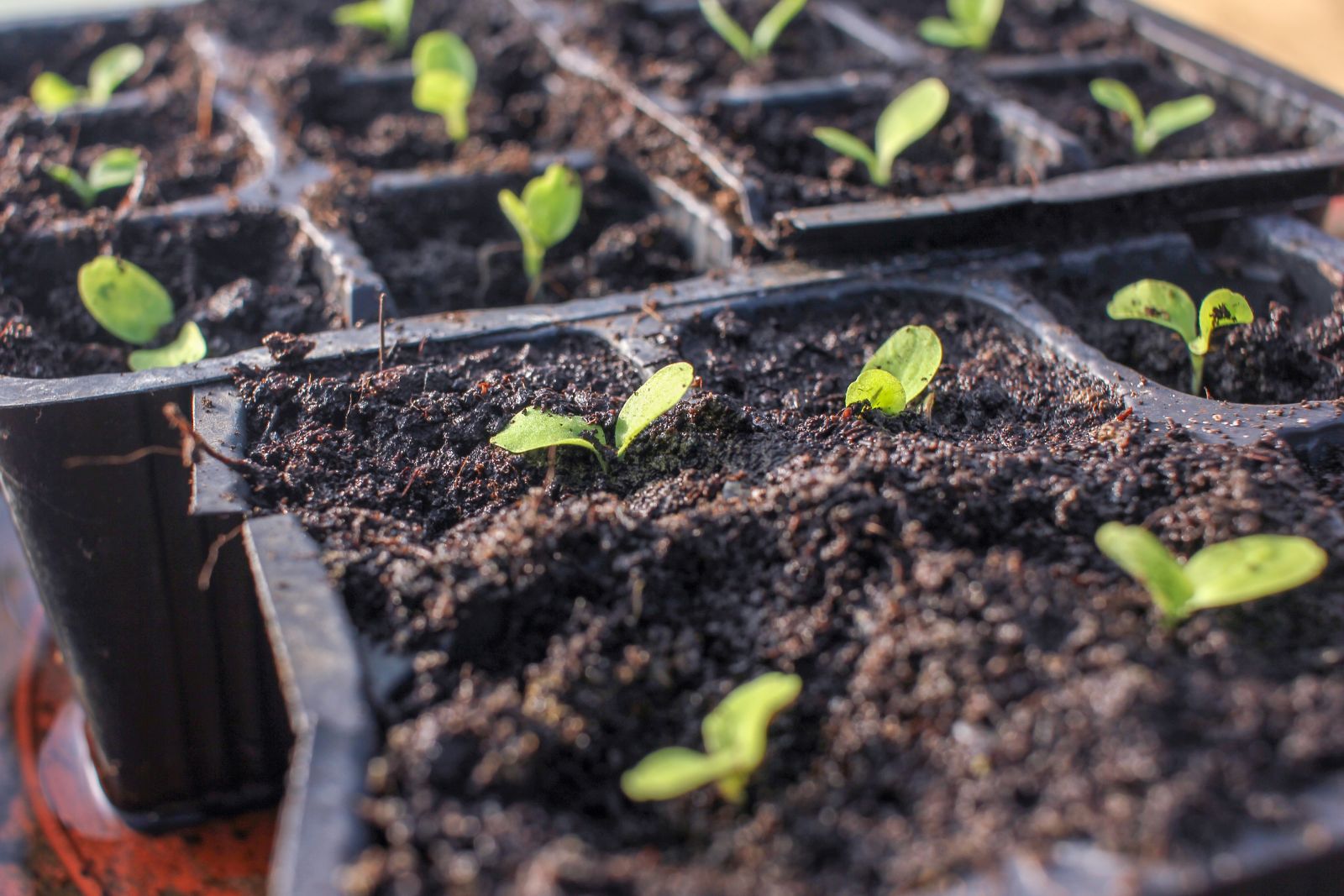
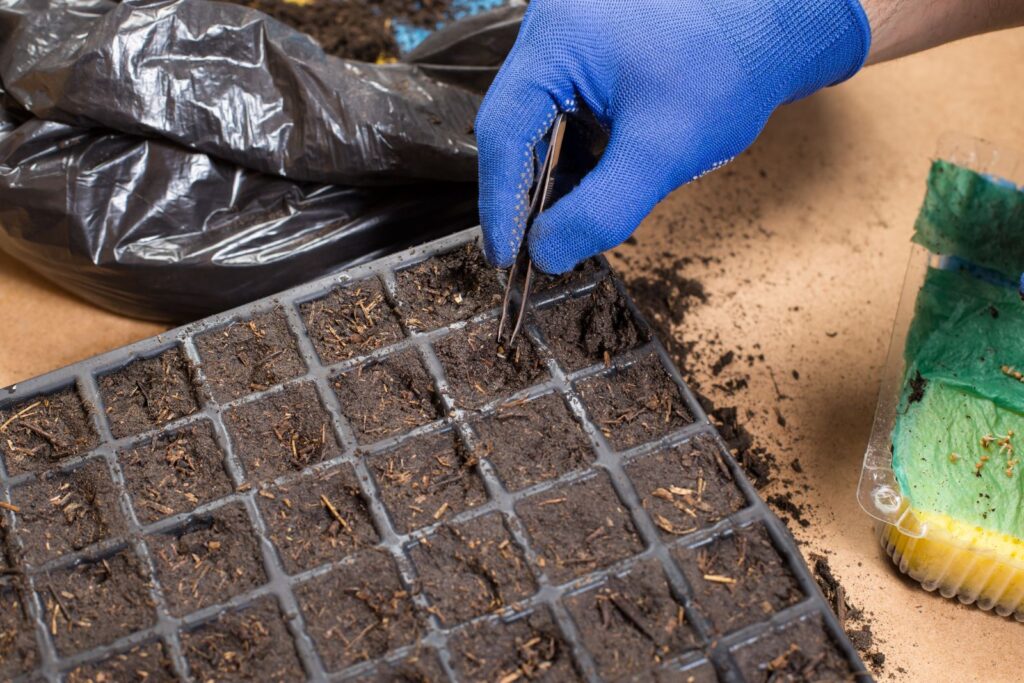
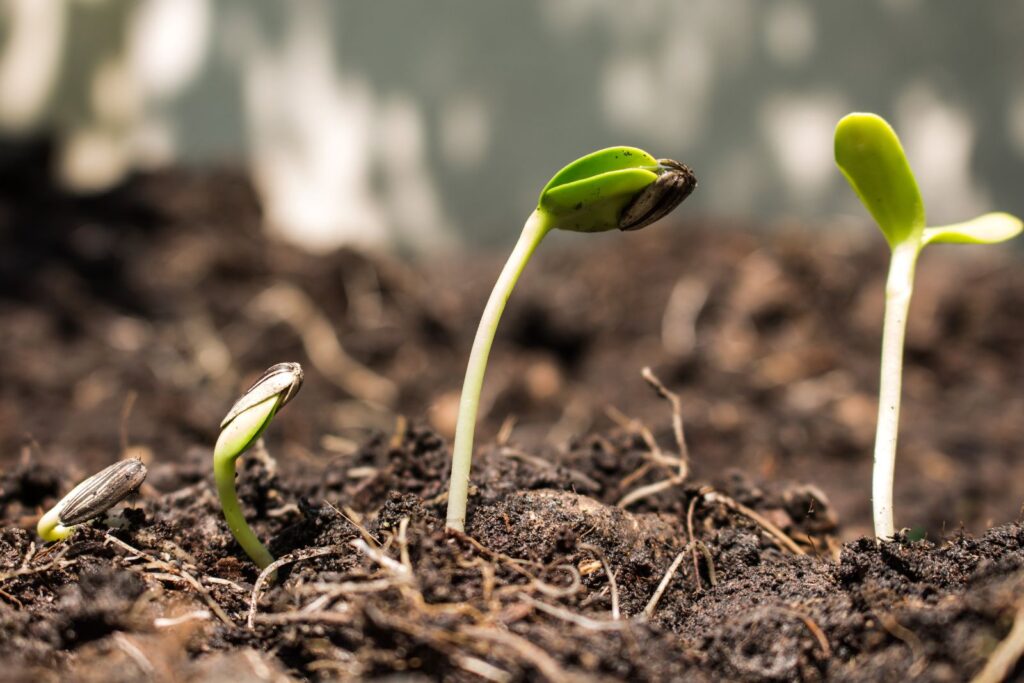
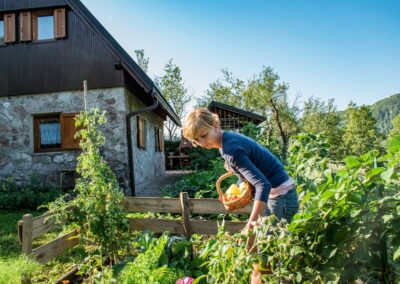
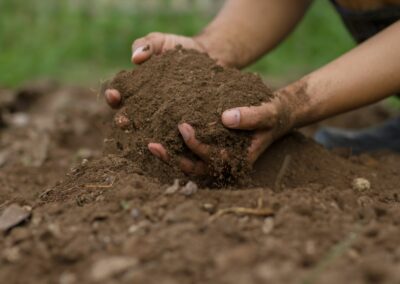
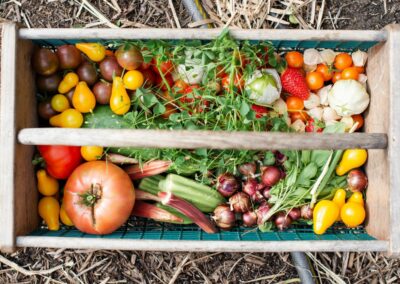
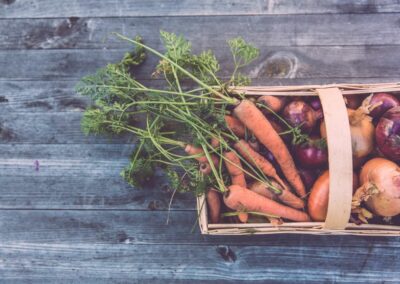
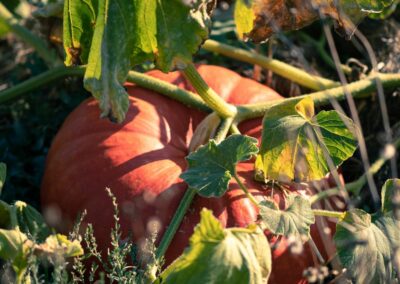
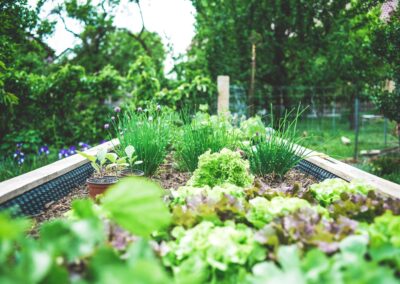
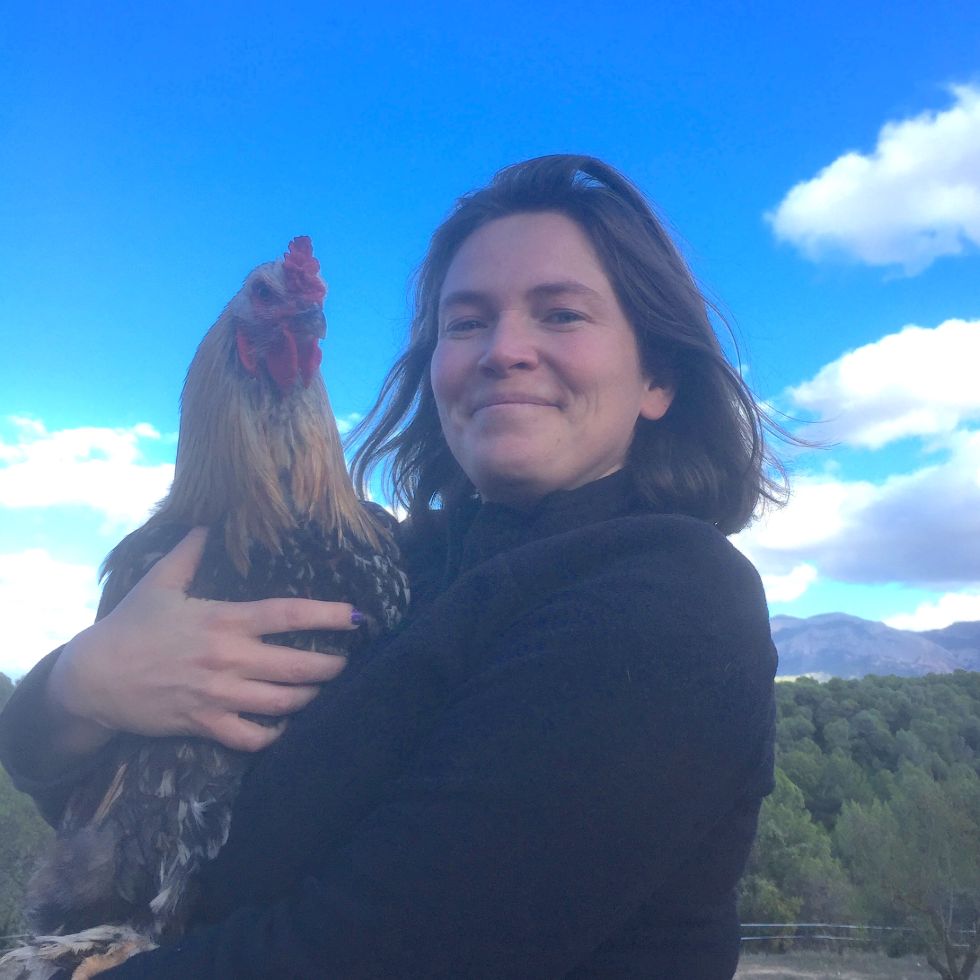
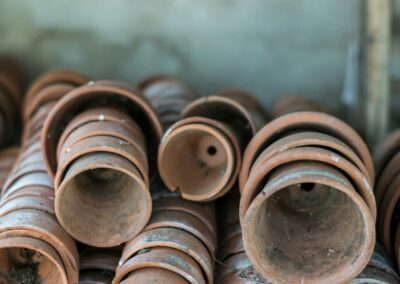
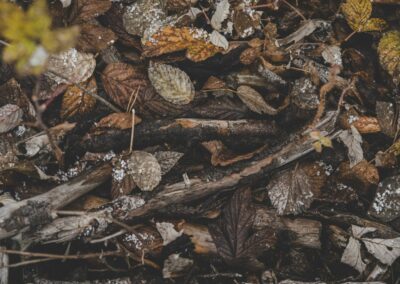
0 Comments